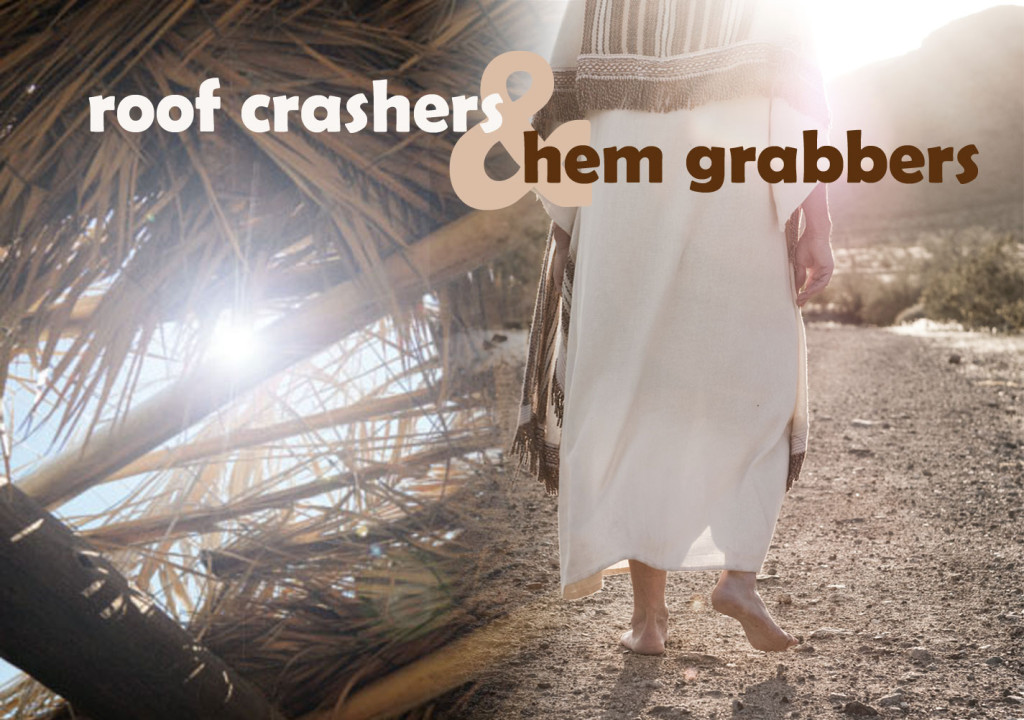In our celebration of the 500th anniversary of the Protestant Reformation, we’ve been journeying back in time together through the history of our Church with increasingly older editions of the Book of Common Prayer.
We tackled 1928 and 1789, and today we work our way through the 1662 edition of the Holy Eucharist in the Church of England.
The stories of the Tudor dynasty during the Reformation are well-known by most of us–Henry the VIII and his short-lived wives, Cranmer and Edward and Elizabeth, Luther and all the rest.
Heads were getting chopped off left and right, palace intrigue both political and sexual ruled the day, and it all makes for very good television for us now.
But what a lot of modern Americans don’t realize is that the events leading up to the prayerbook we’re using today, the 1662 edition, are equally dramatic and gory.
To understand this story, we have to remember that religion, politics and violence were virtually inseparable in this time and place.
During Elizabeth I’s reign, Via Media Anglicanism took solid hold with what is now called the Elizabethan Settlement.
Famously claiming that she did not seek windows into men’s souls, Elizabeth presided over an end to heresy laws, which allowed people more individual freedom of religious conscience than had ever existed before in England, all within a stable state Protestant Church, independent of Rome.
Many people longed for a return to Catholicism, the familiar faith of their forebears. But many others felt that Protestantism in England was lukewarm, and agitated for a far more Calvinist, Presbyterian, reformed Church of England.
Add in major conflicts over the role of the monarchy and whether its occupants were fit to lead and fair in their dealings with Parliament, and you have a recipe for violent armed conflict.
The English Civil War, which was actually a series of three wars, broke out in 1642 and raged until 1651.
King Charles I was ultimately tried and executed, and a Protectorate was formed under Oliver Cromwell.
Eventually the monarchy was restored, but never again with absolute rule. All subsequent monarchs would have to share power with Parliament.
During what’s called the Interregnum, the period between kings when Cromwell and his associates were in charge, the ultra-Protestants were in power.
These super-Protestants were called Puritans, whom you may remember from Thanksgiving pageants at school.
The Puritans considered the Church of England to be far too Catholic, and that’s where we get our connection to the prayerbook.
While the Puritans ruled, as you may have read in the front of your bulletin, use of the Book of Common Prayer was illegal.
You would be fined 5 pounds the first time you were caught using it, 10 pounds the second time, and the third offense could result in a year in prison.
As everyone I’ve told about this this week has said, “Wow! That escalated quickly!” Continue reading
